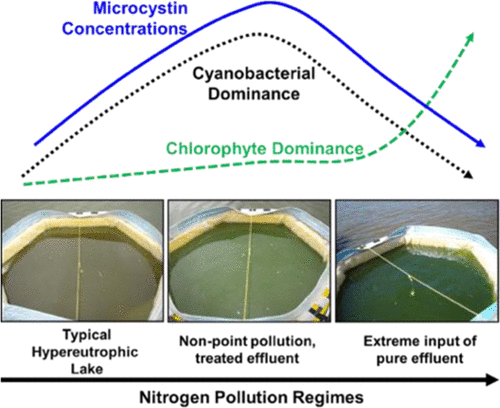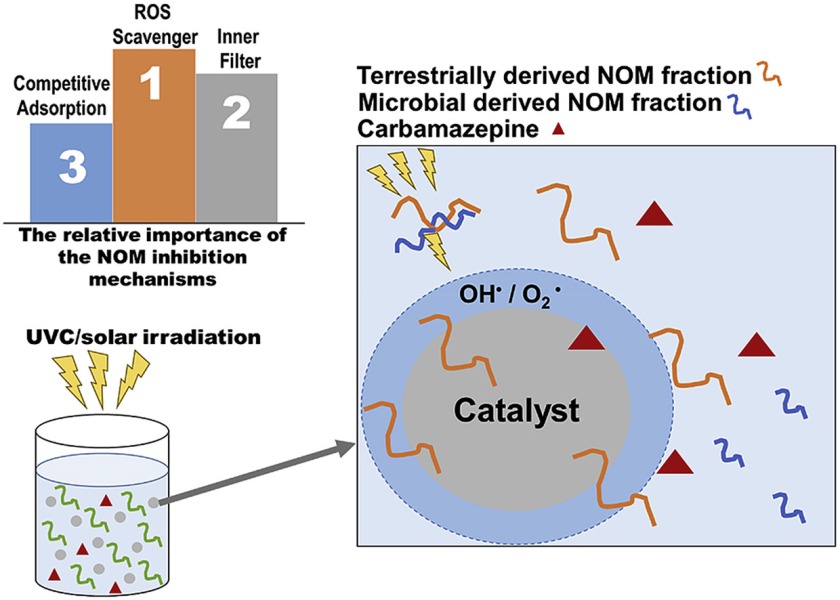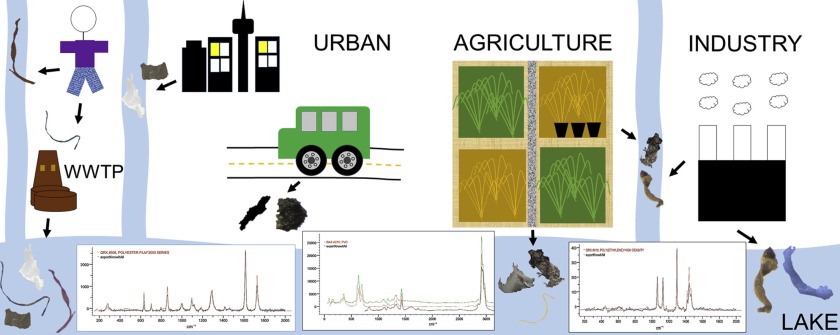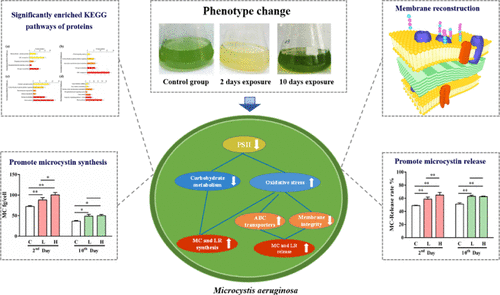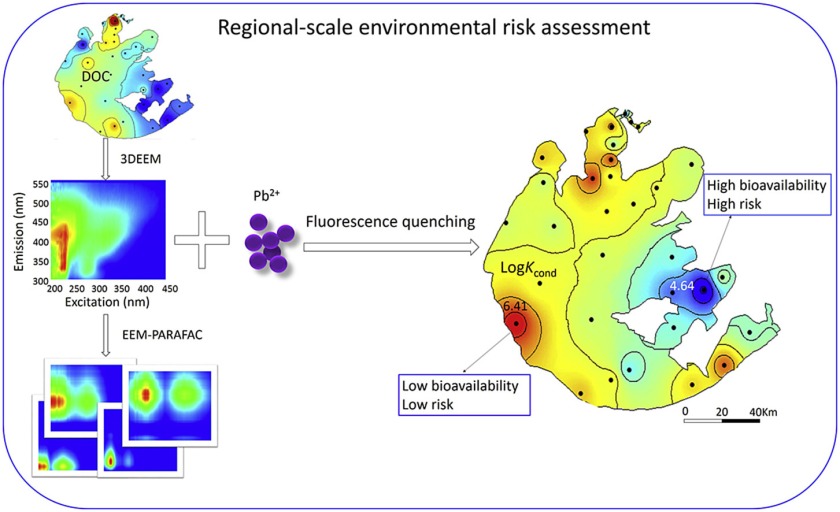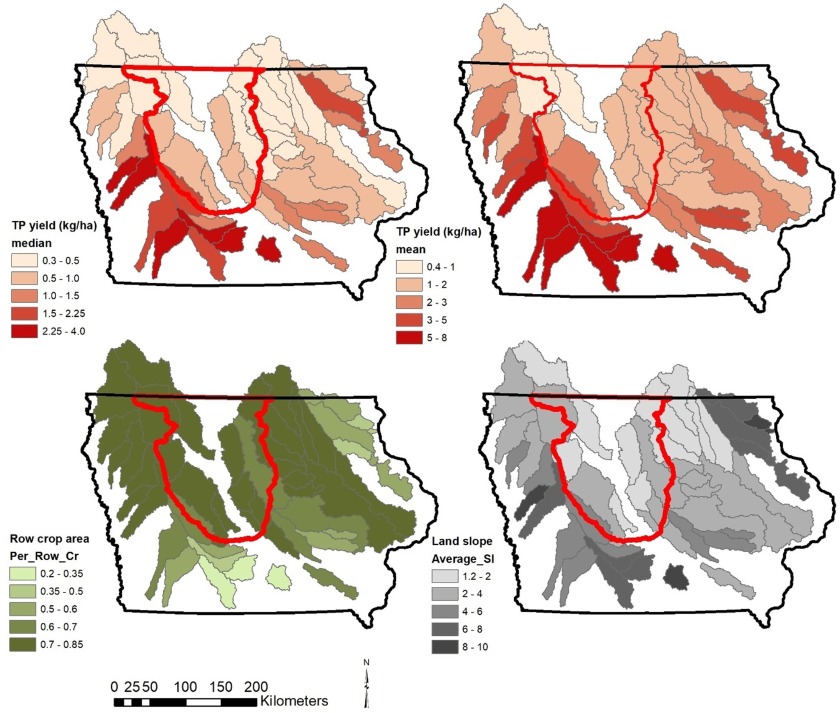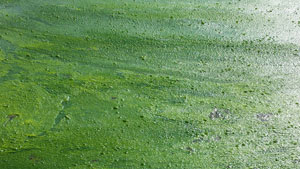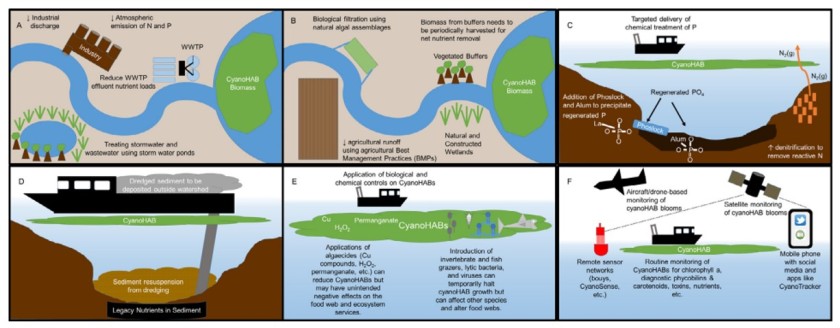
Authors
Hans W. Paerl, Malcolm A. Barnard
Cyanobacterial harmful algal blooms (CyanoHABs) are a major threat to human and environmental health. As global proliferation of CyanoHABs continues to increase in prevalence, intensity, and toxicity, it is important to identify and integrate the underlying causes and controls of blooms in order to develop effective short- and long-term mitigation strategies. Clearly, nutrient input reductions should receive high priority. Legacy effects of multi-decadal anthropogenic eutrophication have altered limnetic systems such that there has been a shift from exclusive phosphorus (P) limitation to nitrogen (N) limitation and N and P co-limitation. Additionally, climate change is driving CyanoHAB proliferation through increasing global temperatures and altered precipitation patterns, including more extreme rainfall events and protracted droughts. These scenarios have led to the “perfect storm scenario”; increases in pulsed nutrient loading events, followed by persistent low-flow, long water residence times, favoring bloom formation and proliferation. To meet the CyanoHAB mitigation challenge, we must: (1) Formulate watershed and airshed-specific N and P input reductions on a sliding scale to meet anthropogenic and climatic forcings. (2) Develop CyanoHAB management strategies that incorporate current and anticipated climatic changes and extremes. (3) Make nutrient management strategies compatible with other physical-chemical-biological mitigation approaches, such as altering freshwater flow and flushing, dredging, chemical applications, introduction of selective grazers, etc. (4) Target CyanoHAB toxin production and developing management approaches to reduce toxin production. (5) Develop broadly applicable long-term strategies that incorporate the above recommendations.

